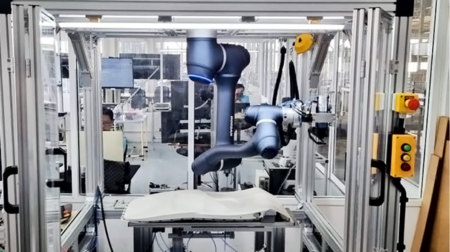Technology market advisory firm ABI Research has forecast that worldwide mobile robot shipments to warehouses will have a Compounded Annual Growth Rate (CAGR) of almost 40% from 2021 to 2030, exceeding 500,000 global shipments in 2030.
“Productivity technologies can achieve far greater return on investment if correctly combined with other technologies. For example, by combining location tracking data with a voice solution, warehouses using a warehouse execution system platform can optimise workflows by minimising distance traveled based on where the worker is,” said Adhish Luitel, industry analyst, supply chain management and logistics at ABI Research.
In addition to mobile robotics, the growth of solutions including Automated Storage and Retrieval Systems (AS/RS) was described by ABI Research as “explosive”. Led by companies such as Swisslog, Bastian Solutions, and Körber, the global AS/RS industry is set to be valued at over US$18bn (£13.1bn) by 2030, with a year-over-year growth of 9% from 2021 to 2030.
AS/RS consists of a variety of computer-controlled systems for automatically placing and retrieving loads from defined storage locations, these solutions are designed for high volume of loads being moved into and out of storage.
ABI added this growth trend falls in line with the fact that the logistics sector has been experiencing high volume over the past year. Parcel shipping reached 95 billion in parcel volume globally in 2020, this volume is expected to double by 2026, with a 14% CAGR between 2020 and 2026.
“As the shift toward robotics occurs with busier warehouses, manual workflows can be automated or workflows that have traditionally been carried out by highly specialised and inflexible machines could soon be carried out by robots that can be moved and retrained as needed,” Luitel concludes.
These findings are from ABI Research’s smart warehousing market data report. This report is part of the company’s supply chain management and logistics research service, which includes research, data, and ABI Insights. Market data spreadsheets are composed of deep data, market share analysis, and segmented, service-specific forecasts to provide detailed insight.








